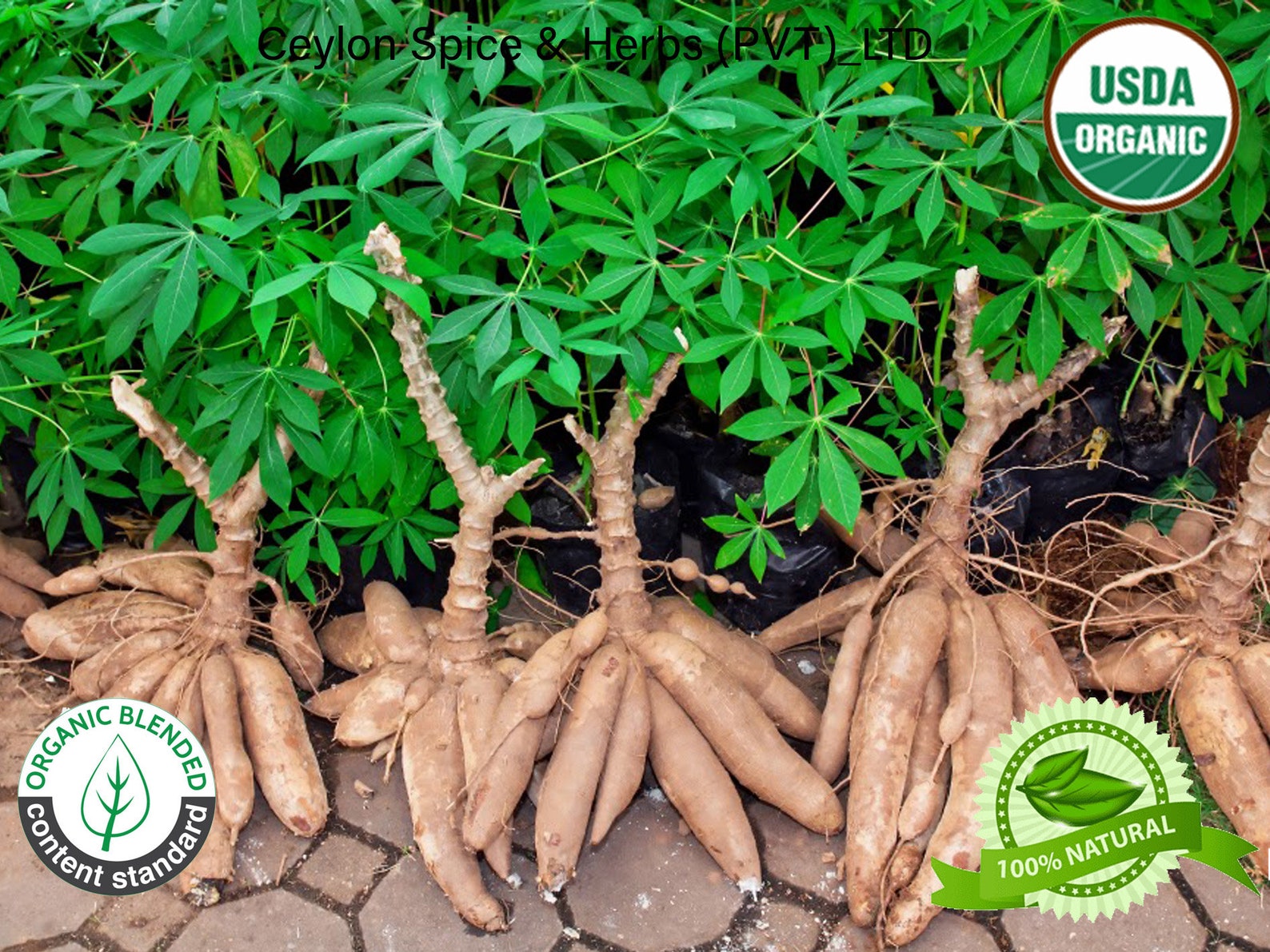


This is because he is still hot, you should wait until the temperature is really cold.Ĭassava leaves are fertile, leaves wide and green is usually dangerous for goats.ĭo not give freshly fertilized cassava leaves (urea, za, etc.) to goats, it is dangerous.Ĭassava plants that are old, leaves are usually safe for goats.Ĭassava leaves are yellow or yellowish green color, safe for livestock Here are the ways that safe cassava leaves are given to goats:Ĭassava leaves should be shriveled under the sun or dried in the sun to dry.ĭo not give freshly dried cassava leaves to goats. Therefore, before given to goats, cassava leaves should be treated, the goal is to reduce or eliminate the anti-nutrients contained in the leaves of cassava. This is because cassava leaves contain cyanide acid that is poisonous to goat farm animals. There have been many cases of goat farm animals poisoned by eating cassava leaves. Anti-nutrients can cause goats to poisoning until death.Ī farmer therefore must be careful in giving feed cassava leaves as goat feed. But for some areas of cassava leaves have not been fully utilized. However, cassava leaves have anti-nutrition that its use as goat feed is limited.Īnti-nutrients contained in cassava leaves is cyanide acid. Protein content is high enough to allow the leaves of cassava as a good animal feed. Cassava leaves have a fairly high crude protein content of about 16%. One of forage as goat feed is cassava leaf. Ideally, feed for goats should be diverse so that goat farms get complete nutrition. Any type of forage can be used for goat feed, as long as it is non-toxic and harmless to goats.Įxamples of forages are elephant grass, elephant grass schum, turi leaf ( Sesbania grandiflora), calliandra leaves, jackfruit leaves, banana leaves, cassava leaves, alfafa leaves, and many other leaves. This forage is used as the main feed in raising goats. The feed which given to goats, either in the form of leaves or grass called as forage.


 0 kommentar(er)
0 kommentar(er)
